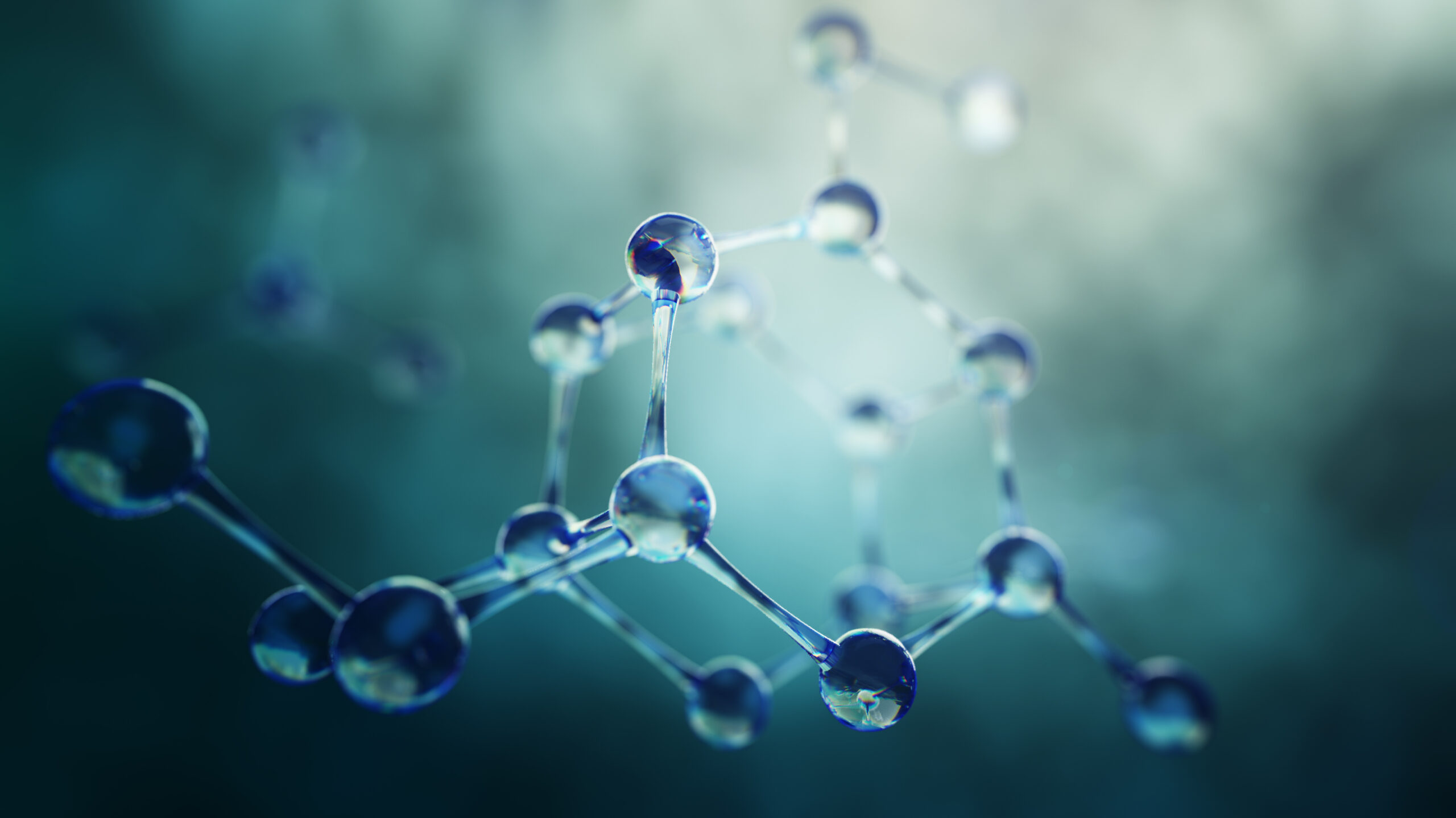
Efficient Chemical Processing for Environmental Protection and Energy Conversion
The projects in this research focus on investigating various chemical processes to clean up the environment and convert pollutants/wastes to useful products.
Abstract
Dr. Jang’s recent research effort includes two main projects. The first project is focused on the investigation of the catalytic properties of modified ceria supported catalysts for dry reforming of methane to form synthesis gas (CO + H2), i.e. using two global warming gases to produce raw materials for chemical synthesis.
CH4 + CO2 →2CO + 2H2 ΔH298K = + 247.3kJ/mol
Because the reaction is highly endothermic and requires high reaction temperatures, it is our goal to design and develop a more efficient catalyst, with high activities and stabilities at lower temperatures, for industrial applications. Microwave synthesis and non-thermal plasma treatments are applied to obtain novel catalytic materials besides the catalysts prepared by impregnation, co-precipitation, combustion, etc. Various instrumentation techniques, such as TGA, DSC, FT-IR, chemisorption, temperature programmed desorption/reduction/oxidation, etc., are used to characterize the catalysts synthesized.
Another project focuses on biosorption of metals in wastewater using biomass, such as algae, wastes, etc. Algae, such as chlorella, can remove metals in wastewater efficiently. However, the disposal of contaminated biomass is an issue. This project converts the contaminated chlorella to hydrochars and bio-oils via hydrothermal conversion (HTC) processing to valorize the wastes (see Figure below).

Both hydrochars and bio-oils can be used as fuels. Alternatively, this project uses the hydrocars obtained for additional biosorption of metals removal from wastewater. The study exams the biosorption kinetics and thermodynamics, the chemical and physical properties of hydrochars and bio-oils produced, and additional modification procedures, such as activation of hydrochars, HTC using microwave, etc., to enhance process efficiency.


